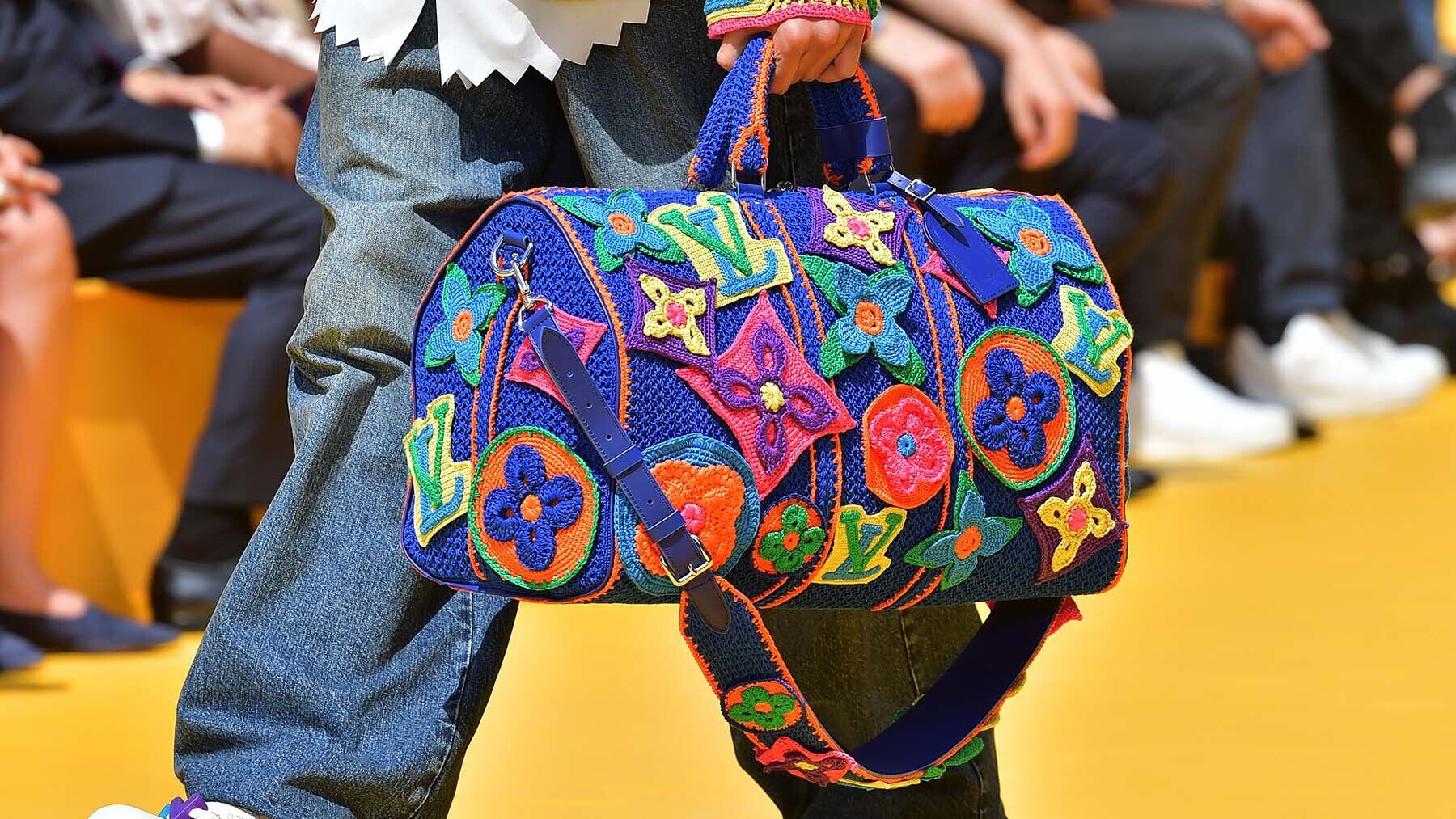How LVMH Dominates the Luxury Business
LVMH kicked off a “super week” of luxury results with a strong second-quarter performance. Group sales grew by 19 percent to €18.73 billion, beating consensus expectations of €17.13 billion, despite soaring inflation and fresh Covid-19 lockdowns in the critical China market. EBIT also surpassed expectations by 8 percent, and the strong performance sets a high bar for luxury rivals set to report later this week.
LVMH is the world’s biggest and most diversified luxury goods conglomerate with leading positions in multiple businesses, including fashion and leather goods, jewellery and beauty distribution. Sheer scale, diversification and the exceptional resilience of its leather goods megabrand Louis Vuitton allow LVMH to consistently generate strong revenue and profit growth, giving the group a less cyclical profile, adding to its overall strength and valuation multiple.
Luxury conglomerates are only as strong as the megabrand at their core. Kering has Gucci, Richemont has Cartier. LVMH has Louis Vuitton, the king of the luxury jungle.
Vuitton has top consumer appeal rankings across geographies. It also has complete control over its distribution (100 percent retail), total price discipline (100 percent full-price), significant headroom for category diversification and a multi-pronged product innovation engine.
But above all, it has scale, setting in motion a virtuous cycle that is critical to profit generation.
Vuitton is the biggest luxury brand in the world with approximately €18 billion in 2021 sales, about 40 percent more than pre-pandemic levels. It’s also one of the most profitable players in the luxury sector, with an EBIT margin of over 45 percent.
Much of the growth in the luxury industry is driven by new wealth creation in China and other fast-growing markets, where new middle-class consumers are naturally attracted to megabrands like Vuitton and Dior, as these are the brands they know. This gives such megabrands stronger growth tailwinds and further expands their scale advantage.
In a largely fixed-cost industry like luxury, greater scale means higher margins or discretionary cost power. More discretionary cost power, for example in marketing spend, means the strongest brands get stronger, securing even more consumer awareness.
Scale provides megabrands with other advantages in branding and marketing, too. As megabrands are bigger, they can be first movers into new markets and therefore imprint themselves on new sets of customers. Scale also brings the opportunity to dwarf competitors on absolute marketing spend, while at the same time committing a smaller slice of sales to this spend.
What’s more, scale gives megabrands an edge in securing and retaining talent: a key advantage in an industry that’s getting faster and more complex every day. LVMH has notably been able to repeatedly attract top creative talent away from peers. This drives innovation — in products, in store design, in marketing strategies — which drives more traffic to stores.
More traffic to stores provides better retail economics, which largely hinge on productivity per square metre. Furthermore, shopping mall landlords are happy to offer better rental terms, higher capital contributions and better locations to megabrand traffic magnets.
Higher retail productivity, in turn, gives a brand the ability to achieve higher downstream retail integration, which allows higher price discipline and go-to-market grip. This helps to reduce brand trivialisation risk, and allows higher pricing stretch. Greater retail integration (both in stores and online) also provides better customer data, which offers advantages in customer relationship management.
Year after year, Vuitton has tapped this virtuous cycle to successfully defuse brand equity risks, while continuing to generate strong revenue and profit growth. A decade ago, Vuitton saw the risk of overwhelming the market with its popular canvas handbags and has since pushed its bag prices higher, curbing growth of handbag volumes, while offering entry-level consumers lower-priced products in small leather goods and newly introduced fragrances, with eyewear and beauty products no doubt to come.
Now, LVMH stablemate Dior is on its way to becoming a second fashion and leather goods powerhouse for the group. Our estimates suggest that, under chief executive Pietro Beccari and designer Maria Grazia Chiuri, the brand has grown revenues to almost €10 billion in 2021, while materially widening its profit margin.
Meanwhile, LVMH’s Tiffany revamp is on the right track. After acquiring the jeweller in 2021, the group hit the ground running with a new heavyweight management team, who quickly deployed an effective “shock and awe” marketing strategy, reemphasised high-end products and pushed the brand online.
The branded jewellery category is structurally appealing, with plenty of blank space for expansion. Here, the risk of brand trivialisation is eminently manageable as jewellery is more discreet than handbags or shoes, and consumers attach higher intrinsic value to jewellery items, probably because of their connection to precious metals and gems and longer product lifespans. Jewellery has high average ticket value, doesn’t require large stores to be displayed and offers high gross margin. Plus, jewellery appeals to a broad consumer audience and has benefitted from market tailwinds through the pandemic.
LVMH’s Tiffany acquisition came on the back of the group’s successful integration of Bulgari. Between 2010 and 2019, Bulgari doubled sales while multiplying profit by five, according to LVMH chief Bernard Arnault. If Tiffany, starting from a much bigger base, follows the Bulgari blueprint, it could become one of LVMH’s top three brands, turning jewellery into another major pillar for the world’s largest luxury group.
Luca Solca is head of luxury goods research at Bernstein.
The views expressed in opinion pieces are those of the author and do not necessarily reflect the views of The Business of Fashion.
LVMH is part of a group of investors who, together, hold a minority interest in The Business of Fashion. All investors have signed shareholder’s documentation guaranteeing BoF’s complete editorial independence.

